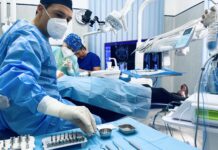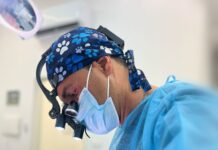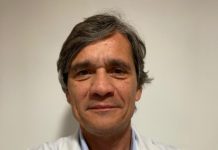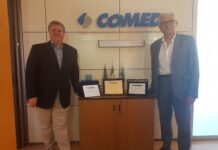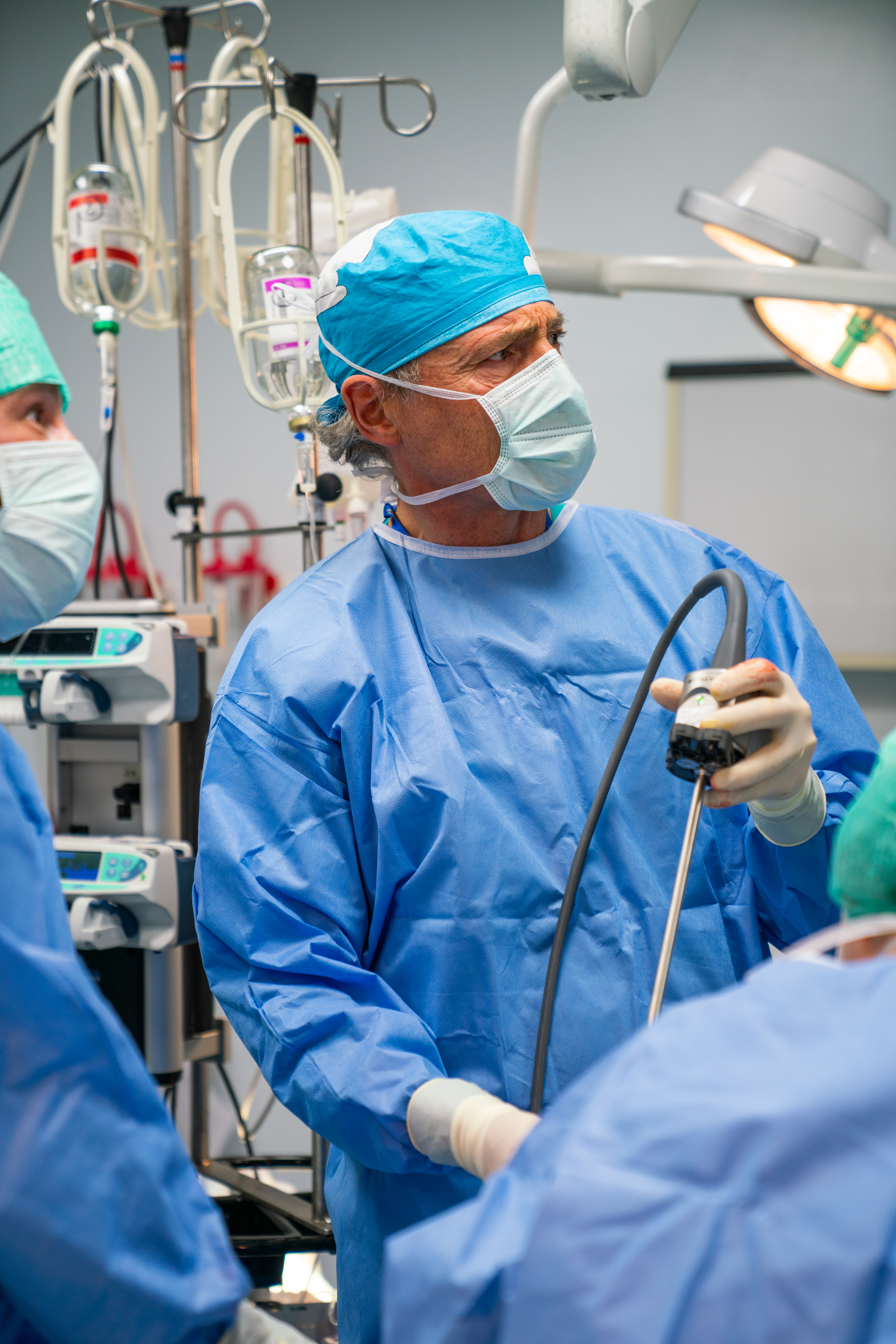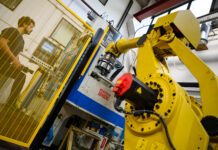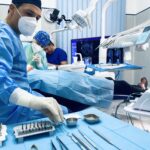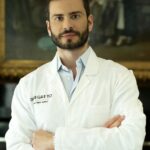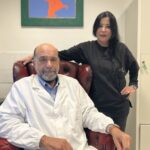Fewer Risks, Better Results: Laser Surgery for BPH Explained by One of Italy’s Leading Experts
In Italy, over 30,000 surgeries for benign prostatic hyperplasia (BPH) are performed each year using traditional methods such as TURP (transurethral resection of the prostate). Yet today, there are more effective, less invasive alternatives with fewer post-operative complications. We discuss this evolution with Dr. Giovanni Ferrari, urologist and founder of C.Ur.E. – Centro Urologico Europeo, a nationally recognized facility specializing in laser technologies and the training of medical professionals. The center has combined clinical excellence with patient-centered care through an organizational model based on collaboration, professional freedom, and shared responsibility.
By Roberta Imbimbo
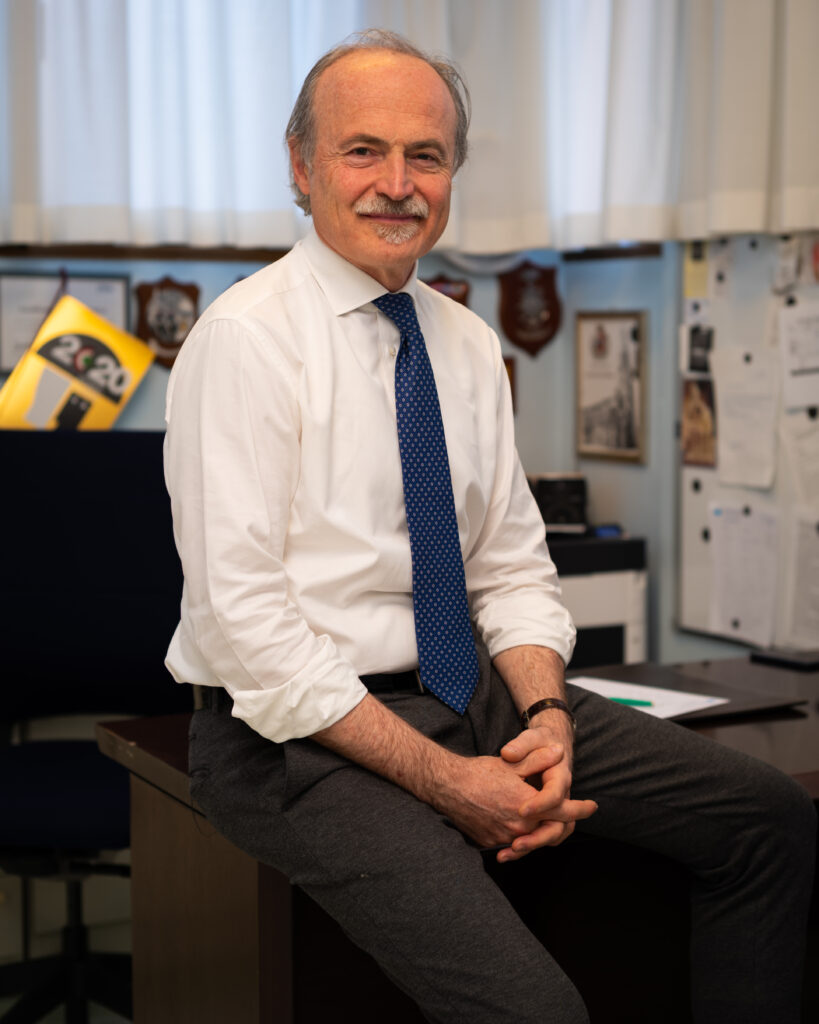
Dr. Ferrari, in Italy there are still more than 30,000 BPH cases treated each year with traditional methods like TURP. What are the limits of this approach today?
For a century, TURP has been the standard procedure for BPH surgery, but recent scientific studies have revealed significant limitations: it is an invasive technique that requires longer hospitalization, carries a higher risk of bleeding and sexual side effects, and involves slow post-operative recovery with possible long-term recurrences. Moreover, in elderly patients or those with other medical conditions, TURP can be too aggressive.
What are the alternatives available today for treating benign prostatic hyperplasia?
Today we have at our disposal both minimally invasive and laser-based technologies that represent a real breakthrough in BPH management. Laser solutions, in particular, have revolutionized the treatment of this condition by offering high clinical effectiveness with much less impact on the patient’s quality of life compared to traditional methods. These techniques allow for the precise and safe removal of obstruction, even in cases of large prostates, with minimal bleeding. The benefits for the patient are clear: precision and speed of intervention, significantly reduced risk of bleeding complications, very short hospital stay (often performed in day-surgery), rapid return to daily activities, minimal impact on sexual and ejaculatory function, lower risk of incontinence, and long-lasting results with a marked improvement in quality of life. With equal surgical experience, the laser approach drastically reduces the need for long-term reintervention thanks to more complete removal of the prostatic adenoma. It is a modern, customizable, and safe surgery that now represents the standard of care in specialized centers such as C.Ur.E. We firmly believe that adopting these technologies is not merely a technical choice but an act of responsibility toward the patient—treating them in the best possible way with the least possible impact.
Can you explain the difference between the various laser technologies in use today—Green Laser, Holmium, and Thulium—and when one is chosen over another?
Today, more than ever, it’s not enough to know the technology—you must know how to interpret it. The laser technologies available—Green Laser, Holmium, and Thulium—are all highly effective; there is no single “best” technique. What makes the real difference is the surgeon’s clinical awareness and ability to tailor the method not only to the prostate but also to the patient and the surgical context. The laser is a powerful and versatile tool, but it is the surgeon’s mind, skill, and experience that determine the outcome. The choice depends not only on prostate size but also on the surgeon’s expertise, familiarity with a specific technology, and the equipment available at the facility. This is what we call “tailor-made surgery”—a customized approach that adapts to both the patient and the surgeon. In the past, with TURP, we were limited to a single operational method. Today, we have the freedom (and responsibility) to choose the most appropriate option among several excellent alternatives. But to do this properly, one must understand all techniques thoroughly—their physical principles, limitations, and advantages. Only then can we provide truly personalized, safe, and effective medicine.
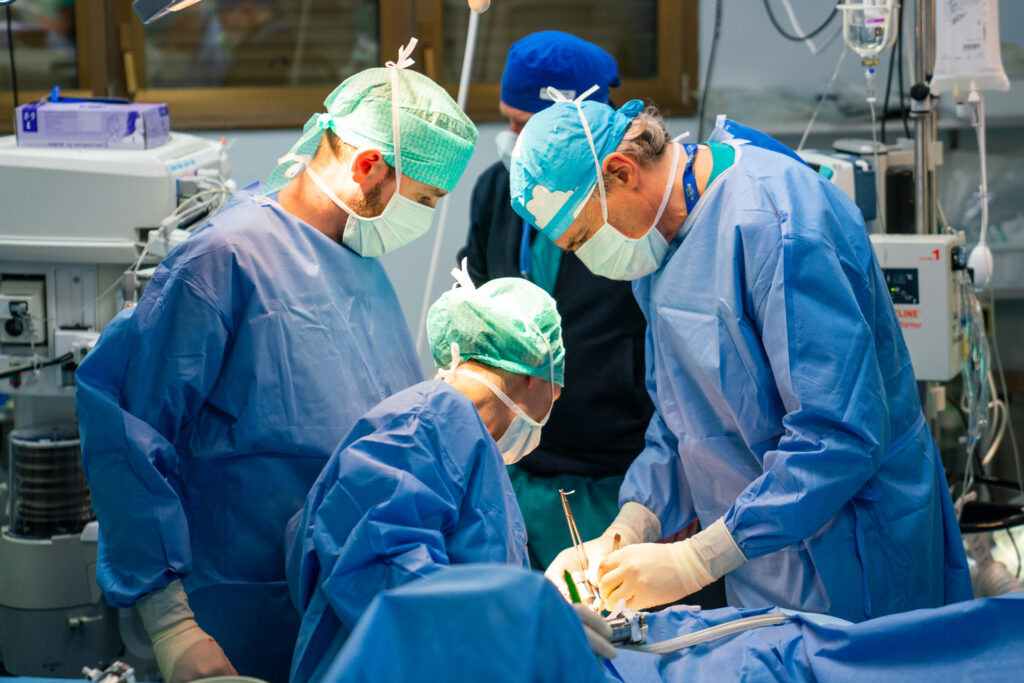
Your center is nationally recognized as a reference point for teaching laser techniques. What does this role involve, and what skills are required?
Our center is accredited for training Italian and international urologists. Our goal is to spread the responsible use of modern technologies, which we have been using since 2010, by providing doctors with specialized knowledge on the use of surgical lasers, patient selection, and post-operative management. Training is key to offering increasingly safe and personalized care. Working with powerful tools like lasers requires proper guidance and education to avoid patient harm such as urinary incontinence or impotence.
What is the future direction in BPH treatment? Will we see a gradual abandonment of traditional techniques in favor of less invasive approaches?
We are already witnessing a progressive yet decisive shift away from traditional techniques. The future has already begun: laser and minimally invasive solutions are transforming BPH surgery into a treatment that is increasingly safe, effective, and truly centered on the patient’s needs. In this context, the C.Ur.E. Center is more than just a medical facility—it is a hub of innovation and education, where every procedure is designed to offer patients the best possible solution, and every decision is guided by expertise and vision.
This is where the urological surgery of the future takes shape.
Day by day.
Person by person.






